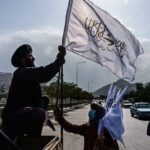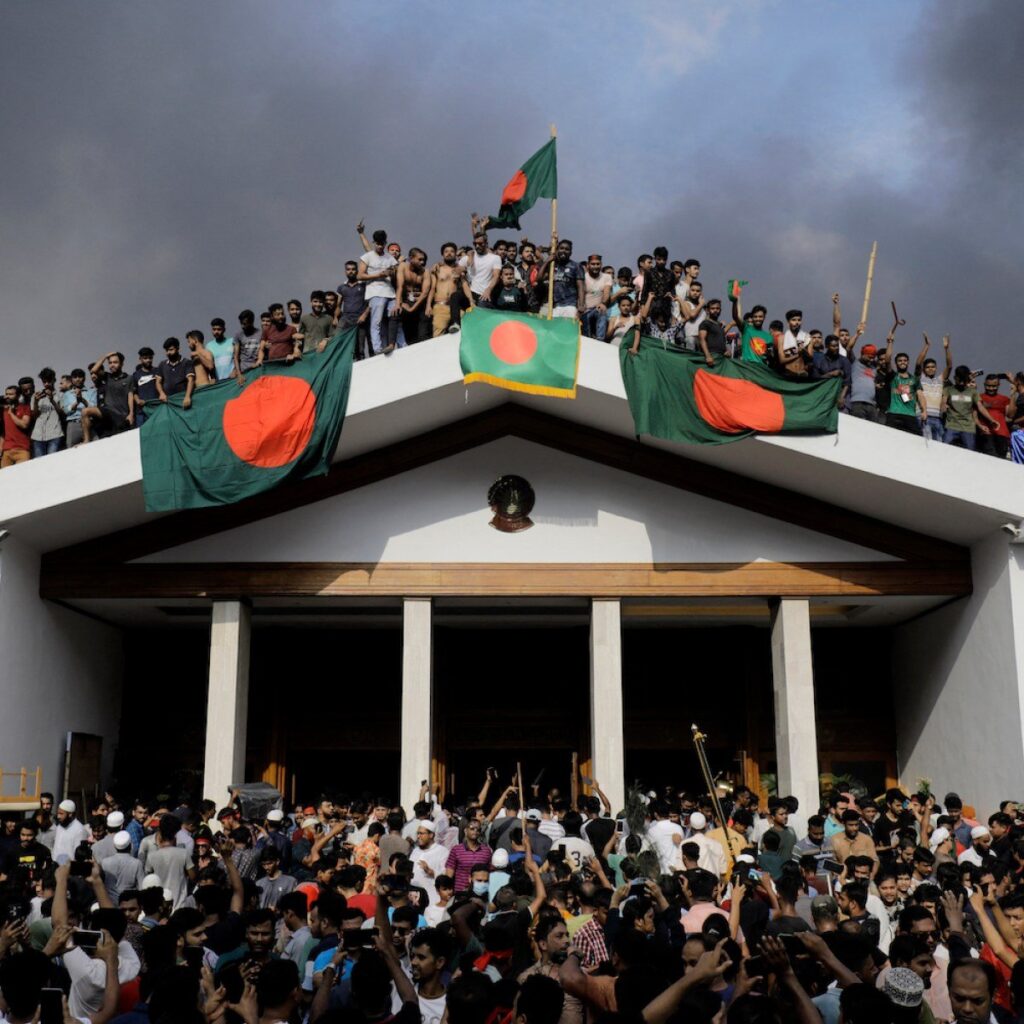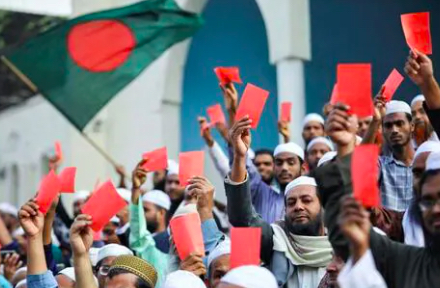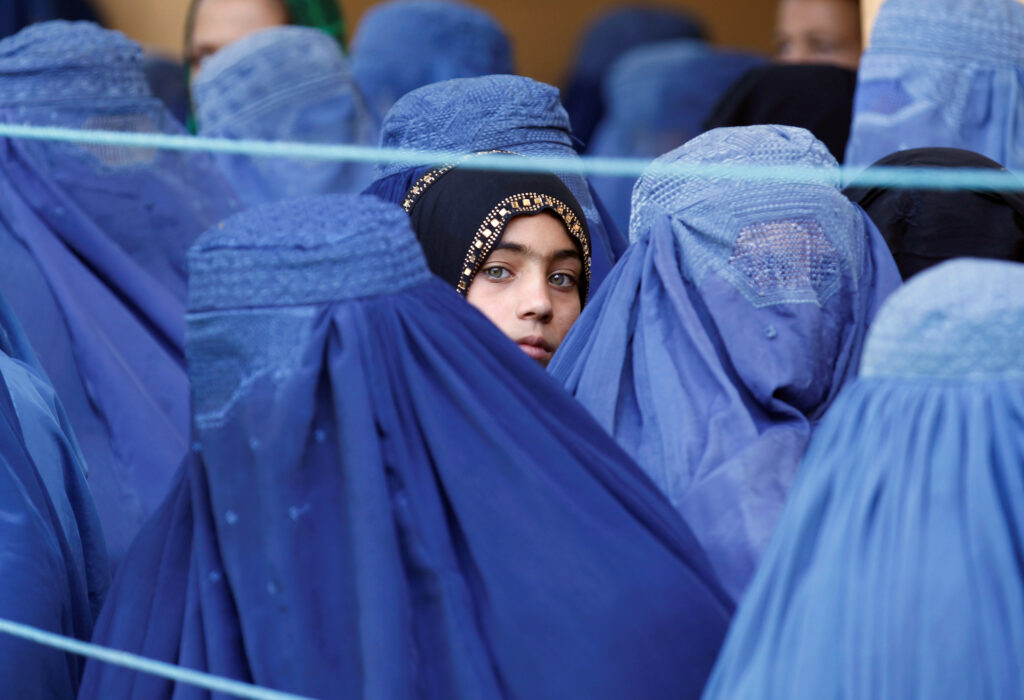MANTRAYA POLICY BRIEF#37: 18 SEPTEMBER 2021
SHANTHIE MARIET D’SOUZA & BIBHU PRASAD ROUTRAY
Abstract
The expectation that the new Taliban caretaker government would deliver on its promises of preventing the Afghan soil for terrorist activities elsewhere is unrealistic. While al Qaeda and a host of global terror organisations would exploit the Taliban’s undisrupted tactical nexus with them, groups like the Islamic State would benefit from a vast expansion of ungoverned territory in the Af-Pak region. Global terror would find a boost, impacting the region and beyond in the medium to long term.
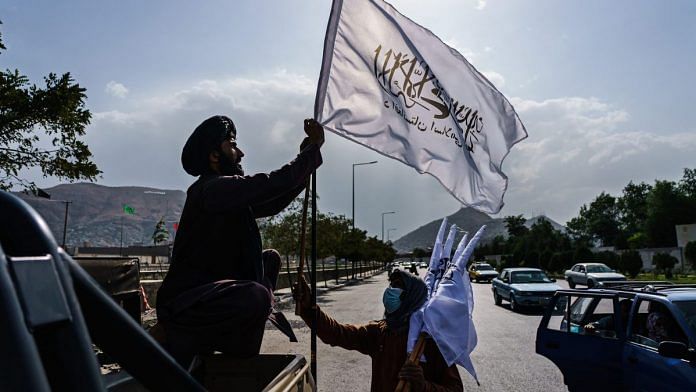
One of the clauses of the February 2020 agreement between the Taliban and the United States (U.S.) made it obligatory on the insurgents to prevent the soil of Afghanistan from being used by global terror groups like the al Qaeda against the U.S. and its allies. Just like the Trump administration, the Biden administration too reiterated that decimating al Qaeda was the primary objective of the U.S. and NATO forces in Afghanistan. Votaries of the drawdown of troops, hence, argued that since al Qaeda has been weakened and the Taliban have promised to prevent the group from reviving, the U.S. troops can return home from the forever war. Ground level situation and recent developments in Afghanistan, however, underline that this logic is deeply flawed. Under the new Taliban government, global terrorism is all set to flourish, with a devastating impact on the region and beyond.
Complicity
Successive reports by the United Nations, since 2020, have pointed at the undisrupted ties between the al Qaeda and the Taliban. These reports have suggested, foot soldiers of both not only share bases, safe houses and training facilities, but also have jointly fought the security forces belonging to the erstwhile civilian government. The nexus further unveils a disturbing reality. As the Taliban marched into the Afghan capital on 15 August, among the group’s foot soldiers were hundreds of AQ cadres. Similar transgression has happened in each of Afghanistan’s provinces, thereby vastly expanding the operational areas of the AQ.
Since signing the February 2020 treaty, the Taliban has merely begun to bring some level of control over the free run the AQ used to enjoy in the Af-Pak region. These include gathering information on the foreign fighters within the AQ fold operating in the region. A registration mechanism put in place now serve as a database of such elements, who have also been advised to lie low and restrict their movements and activities. However, the database remains available exclusively to the Taliban and possibly to the Pakistan military. In any event, these steps do not blunt the AQ’s activities in any manner. Moreover, there is little evidence that these curbs imposed by the Taliban on the AQ are either permanent or are being strictly enforced.
(In)Capacity
The Taliban have largely been successful in painting a picture of a complete domination over Afghanistan. While the short-lived resistance in Panjshir consumed much of the World’s attention and its defeat was interpreted as the fall of the last bastion, to suggest that the Taliban today actually control the entire country may be an exaggerated claim. Worse still, the central leadership, deeply divided among themselves, do not even control their own cadres. It is partly understandable as the insurgent group is attempting to transform itself into a governing entity. This process, in all likelihood, would be painstakingly slow. An indication to this effect was provided by the Taliban spokesperson on 24 August, who advised women to stay at home as the Taliban fighters have not been trained in respecting women. By extending the same logic to the realm of the nexus between the Taliban and the AQ, it can be argued that any attempt to push the Taliban regional commanders to break ties with their blood brothers is unlikely to be implemented with sincerity.
Similarly, capacity of the Taliban to control the Islamic State’s Khorasan province (IS-K) is questionable. The IS-K, which claimed responsibility for the suicide attack near the Kabul airport on 27 August, shares a curious tie with the Taliban. Factions of the IS-K have clashed with the Taliban. Factions of the same group, which share close proximity with the Pakistani ISI, have lived harmoniously with the Taliban. The UN reports largely paint the IS-K as a weakened group, having been subject of ‘successive military setbacks that began in Jowzjan in summer 2018’. However, under a new leader, Shahab al-Mujahir, the group remains extremely potent. More importantly, the IS-K, projecting itself as the only ‘pure rejectionist’ group, has the potential of attracting the disgruntled cadres from both the Talban and the AQ. Moreover, the IS-K can further benefit from the intelligence vacuum in Afghanistan, where error-prone TECHINT is the dominant mode of intelligence collection these days.
Nexus
Several senior members of the Taliban cabinet announced on 7 September have deep ties with the AQ. New Afghan Interior Minister Sirajuddin Haqqani, the first deputy to Taliban chief Haibatullah Akhundzada and the leader of the group’s Miram Shah Shura is a member of the wider AQ leadership, although not included in the Hattin Shura or the AQ’s core leadership. As leader of the Haqqani Network (HN), Sirajuddin remains a votary of violence against the US. The HN, which, not long ago, enjoyed a semi-autonomous position within the Taliban-led insurgency, remains, according to the UN, ‘a hub for outreach and cooperation with regional foreign terrorist groups and is the primary liaison between the Taliban and the AQ’. According to some estimates, HN could also be linked to the IS-K and its top leadership.
Khalil al Rahman Haqqani, the minister of refugees, is a brother of Jalaluddin Haqqani and the uncle of Sirajuddin Haqqani. Khalil, according to the U.S. Treasury Department, has “acted on behalf of” the AQ, having deployed men “to reinforce AQ elements in Paktia Province, Afghanistan.” Another HN leader, Mullah Taj Mir Jawad is now the first deputy of intelligence. As leader of the ‘Kabul Attack Network’, Jawad was in charge of the strategic congregation of fighters from the Taliban, AQ, the Islamic Movement of Uzbekistan (IMU), the Islamic Jihad Union, the Turkistan Islamic Party, and Hizb-I-Islami (Gulbuddin Hekmatyar faction) to conduct attacks in and around Kabul. Noorullah Noori, the minister of borders and tribal affairs, has “fought alongside AQ as a Taliban military general, against the Northern Alliance” and also “hosted AQ commanders.” Mohammad Fazl, the deputy defense minister, has coordinated activities of the Taliban, AQ and the IMU. Mohammad Nabi Omari, the new governor of Khost was a “member of a joint al Qaeda/Taliban” cell in Khost. The list goes on.
The Future
The formation of the Taliban caretaker government is a clear indication of the temporary settlement of the power tussle in favour of the HN and the AQ linked elements within the Taliban. Believed to have been brokered by the Pakistani ISI, the appointments are not only a rebuff to hopes of an inclusive government in Afghanistan, but represent a reclaim of strategic space by the hardliners, who seemingly had compromised on pursuing a peace process with the erstwhile government headed by Ashraf Ghani. To expect this fragile government to deliver on the promises made in the February 2020 treaty, in all likelihood, would be futile.
The AQ and likeminded global terror movements have celebrated developments in Afghanistan as a victory for the Taliban’s cause and thus, for global radicalism. On the 20th anniversary of the 9/11 attacks, AQ chief Ayman al-Zawahiri resurfaced with a 60-minutes video. The CIA and the Mi5 are reportedly worried about the re-availability of the ungoverned space to the terrorists in Afghanistan. Russia, Central Asian Republics and Iran are worried about the spillover of terrorism from Afghanistan and drug smuggling. Tajikistan and Uzbekistan have opposed the attempts to normalize Taliban’s capture of power and unveiling of an orthodox regime.
The Taliban incapacity to reign in terror should drive in a message to both China and Pakistan who seem to have occupied a vantage point in Afghanistan. The Tehrik-e-Taliban Pakistan (TTP) has restarted its terror campaign in Pakistan. Assurances by the Taliban to China notwithstanding, the Uyghur militants will benefit from the advantagesa largely ungoverned Afghanistan would offer.
The U.S. plans to counter the future threat of terrorism with ‘over the horizon’ operations. However, their effectiveness is limited. The 20-year war that was concluded abruptly and prematurely is a tale of a failed US strategy to ensure peace and stability in Afghanistan. This failure, which has opened up Afghanistan’s territory for a terrorist fanfare, could be a costly affair.
Barring a handful of countries like Pakistan and China, the world at large is still pondering over the modes of engagement with the new Afghanistan. Undoubtedly, this mode of engagement desperately needs to factor in the need to curb the Taliban capacity and proclivity to turn the country into a launchpad for global terrorist activities. The continuing sanctions on the Taliban and the HN need to be maintained till the group gives up its selective approach on appeasing countries like China and Pakistan and severs its linkages with all terror groups including the AQ, LeT and the JeM.
References
Amanda Macias, “Biden says the era of U.S. nation building is over as he marks the end of the Afghanistan war”, CNBC, 1 September 2021, https://www.cnbc.com/2021/08/31/biden-addresses-the-end-of-the-us-war-in-afghanistan.html.
Department of State, United States Government, Agreement for Bringing Peace to Afghanistan between the Islamic Emirate of Afghanistan which is not recognized by the United States as a state and is known as the Taliban and the United States of America, 29 February 2020, https://www.state.gov/wp-content/uploads/2020/02/Agreement-For-Bringing-Peace-to-Afghanistan-02.29.20.pdf
Jason Burke, “Islamic State claims responsibility for Kabul airport blasts”, The Guardian, 26 August 2021, https://www.theguardian.com/world/2021/aug/26/isis-affiliate-iskp-is-prime-suspect-for-kabul-airport-suicide-bomb. Accessed 26 August 2021.
Khudai Noor Nasar, “Afghanistan: Taliban leaders in bust-up at presidential palace, sources say”, BBC, 15 September 2021, https://www.bbc.com/news/world-asia-58560923. Accessed 15 September 2021.
United Nations, Twelfth report of the Analytical Support and Sanctions Monitoring Team submitted pursuant to resolution 2557 (2020) concerning the Taliban and other associated individuals and entities constituting a threat to the peace stability and security of Afghanistan, 1 June 2021, https://www.undocs.org/pdf?symbol=en/S/2021/486. Accessed 15 September 2021.
Taliban victory sparks concerns al-Qaeda could regroup, Financial Times, 18 August 2021, https://www.ft.com/content/03cc24ca-dc69-4bd6-8f2d-7509b0f6b6f1. Accessed 12 September 2021.
(Dr. Shanthie Mariet D’Souza is the founder and President of Mantraya, and Dr. Bibhu Prasad Routray is Director of Mantraya. This policy brief is published as part of Mantraya’s ongoing “Fragility, Conflict, and Peace Building” and “Mapping Terror and Insurgent Network” projects. All Mantraya publications are peer-reviewed.)

